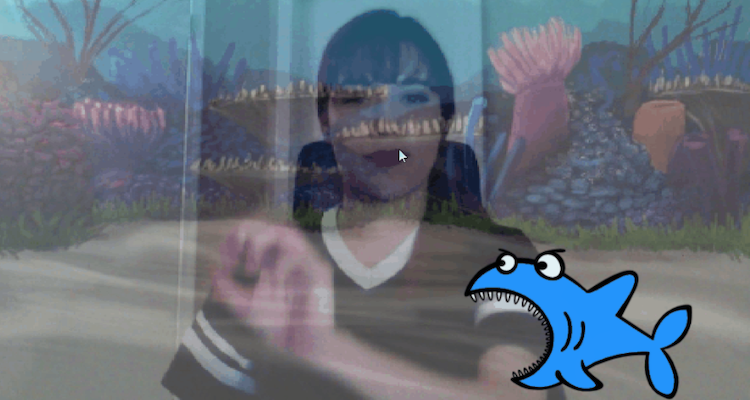You just have to see it to believe it...
An apt saying when it comes to teaching coding to kids, and on a few different levels.
Using just your words, telling a kid that they could learn what it takes to power the app or game they use and play daily, or the social media platforms they can’t tear themselves away from is easy. But getting kids to buy-in? It’s a challenge.
Those who have been successful in moving things along from conversation to the next steps probably find the journey to get a bit easier the more tangible the reality becomes.
But then there is the next roadblock–getting kids to actually believe they can code. They understand what coding can do, and they are inspired to get started, but they soon find themselves at a screen full of white space and things come to a screeching halt.
This is where visual coding might lend a hand.
What is visual coding?
Visual coding offers the ability to code graphically, or "visually," usually through the use of blocks and drag-and-drop processes as opposed to doing so through text.
With visual coding, kids can easily see the link between the code block they place and the action it produces. They’re now not overwhelmed by what seems like an impossible task ahead of them, and instead are engaged with the fun visuals sitting at their fingertips.
Seeing is believing.
Types of visual coding
Scratch
Scratch is one of the more popular visual coding options for kids. It’s easy to get started, has colorful blocks, can produce fun projects, and has an active community for support and added inspiration.
We’ve detailed scratch sprites and other block-based coding examples, but one other fun Scratch project could be a “Whack em” game, where players use video sending and their own movements to whack sharks swimming around the ocean.

LEGO Robotics
Did you know your child can engage in visual coding with LEGO? With LEGO Spike Prime, kids can explore a number of dynamic possibilities.
Again—drag-and-drop code blocks makes learning coding concepts and fundamentals easy, especially for those too young to jump into (or to get excited about) text-based coding languages.
For example, kids can start with a blank workspace, building their program “block by block”—that is, each block placed tells their robot to perform a particular action.
Then, when the program runs, the robot performs actions in the order they’re programmed. Specifically, for instance, action blocks make robots move, make sounds, flash images, or display pictures.

Sphero Bolt
While the above examples focus solely on block-based coding, the Sphero Bolt (a programmable robot ball) offers two types of visual coding modes—code blocks and draw.
With a draw mode type of visual coding, kids aren’t placing blocks, but are drawing paths that represent code for their robots to follow. They do so by using a draw canvas, plotting moves for the Sphero to execute just as they were drawn up.
If they want the Sphero to move in a square, they simply draw a square with their app. The same goes for other shapes, paths, and designs.
And then, of course, code blocks mode closely resembles Scratch, offering coding through a drag-and-drop snap system to create a sequence of events.

Unreal Engine Blueprints
Last, older kids and teens - and those with a passion for video game and game design - might be interested in learning about Blueprints, which is the visual scripting programming language within Unreal—the engine behind Fortnite and other successful tiles.
Again, it’s coding performed by dragging, dropping, and connecting graphics rather than text. Blueprints can be used to create events, such as moving doors and turning lights on and off. (Read more about Blueprints vs. C++).
Seeing is believing
Seeing is believing. Or how about see the code, be the code? I can go on and on!
But in all seriousness, and idioms aside, we can’t really expect our kids to be excited about something if they can’t mentally envision themselves being successful with that thing.
Sure, they also need to stretch and challenge themselves; and to go outside of their comfort zones, but it starts with making something tangible. It’s motivation 101—don’t just tell someone to do something...tell them why it’s important and help them go about it.
As explained above, visual coding provides such a coding launching point.
If your child is ready to take the plunge, consider the following visual coding course options, available as Virtual Tech Camps and after-school programs online (small group learning) or private coding tutoring.

